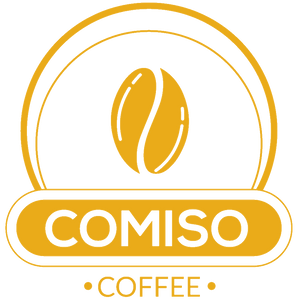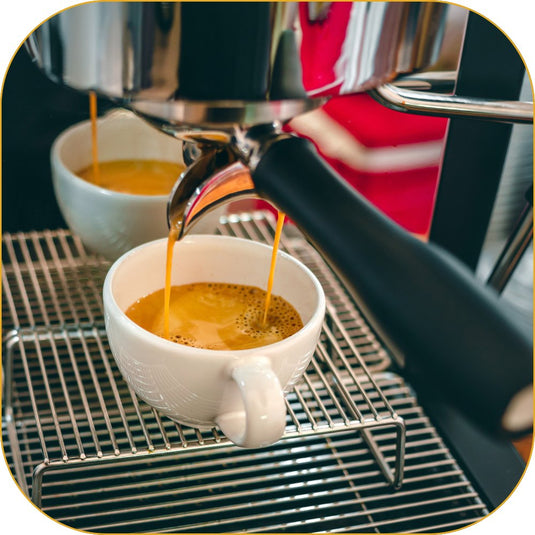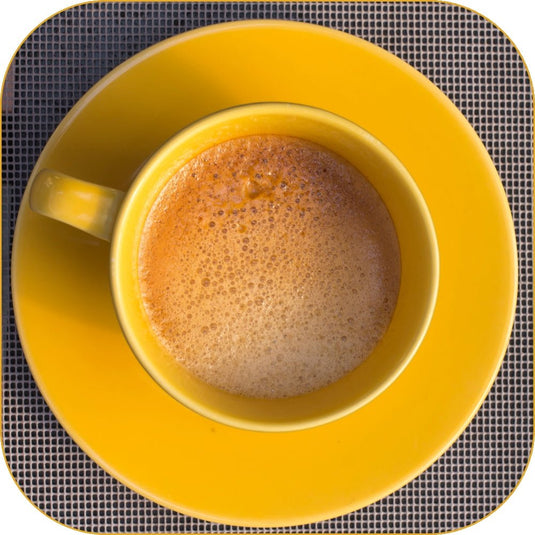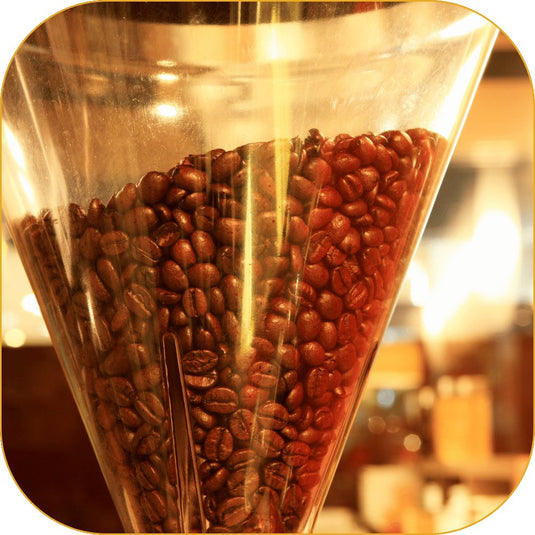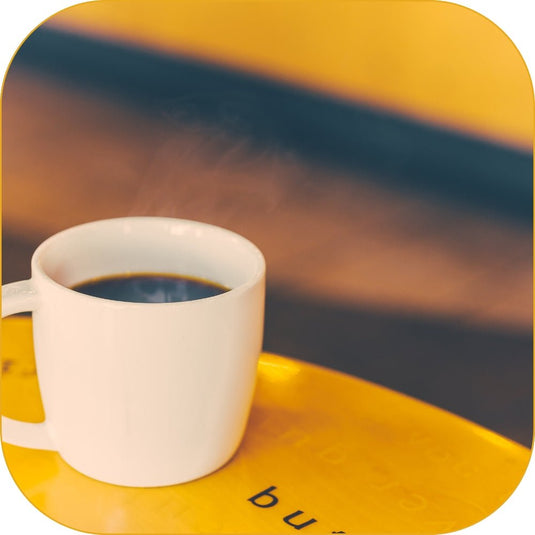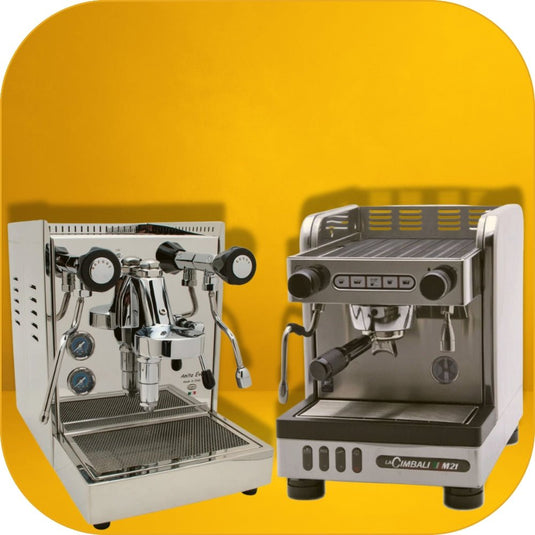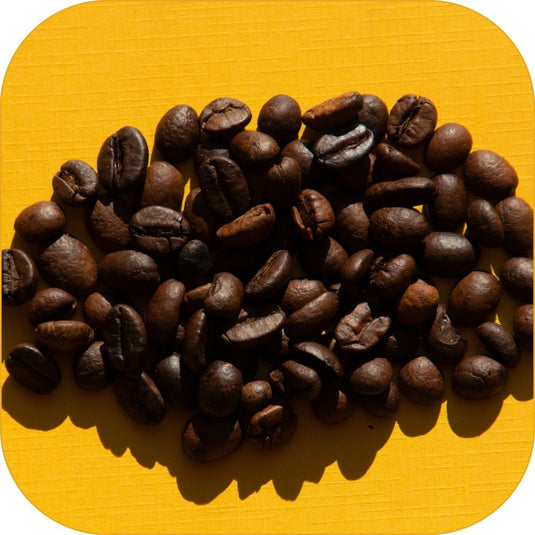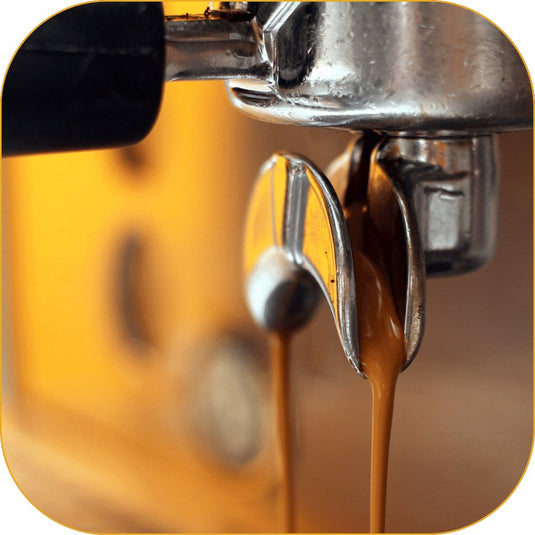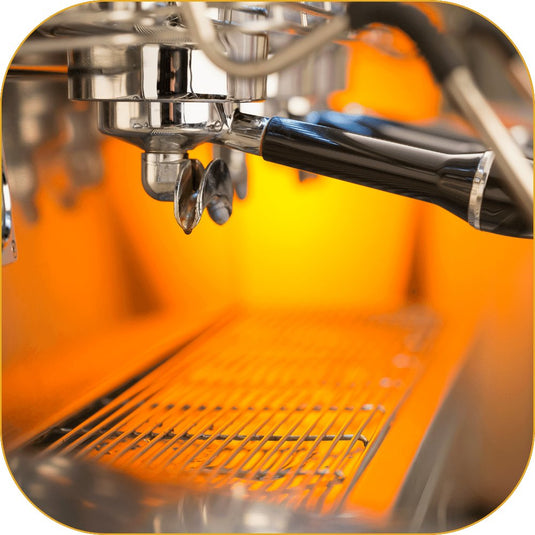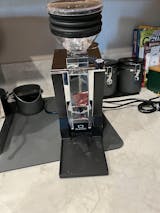Arabica Or Robusta? Your Guide To Coffee Beans
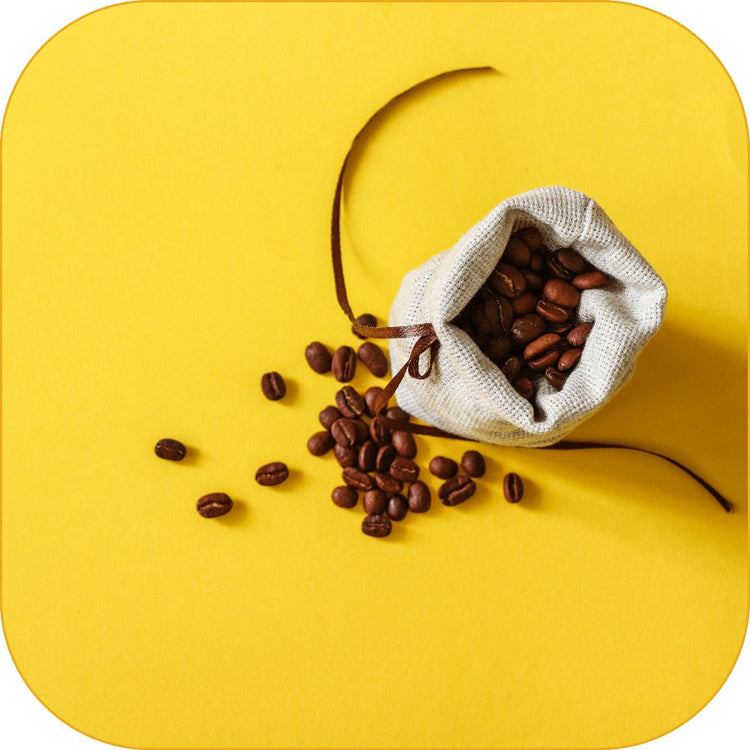
It may astonish you to realize exactly how many different types and origins of coffee there are out there. Some people devote their entire careers to coffee tasting to find the perfect mix of beans to create just the right taste. These professional tasters are called cuppers and really know their coffee.
If you are buying coffee beans for your business and not sure what you should be looking for, read on, as this guide will help you to understand the differences between the basic types of coffee, and bust the coffee jargon, so you can decide which variety is right for you.
Centered on the equator, a band twenty five degrees to the north and south houses the seventy countries where coffee beans are grown. From South America and the Caribbean, to Africa and the Middle East, this strip around the centre of the globe provides just the right conditions for coffee plantations to thrive. Each country, and sometimes each area within the same country, produces beans with their own special characteristics to produce distinctive flavors.
The two main varieties of coffee plant are arabica and robusta. Arabica originated from Ethiopia, whilst robusta came from Uganda. Both are now grown in several other regions throughout the world, and most coffee is labelled clearly to show which country and region it was grown in. Generally speaking, most people believe arabica is superior to robusta, with a much stronger and more distinct flavor. However the taste also varies depending on which region the coffee comes from, and the processes it is subjected to during growing, shipping, storing and brewing.

The Arabica bean is split again into two categories. The higher quality Milds, are grown at over three thousand feet, the perfect altitude for coffee growth. Brazils, not surprisingly a product of Brazil, are grown in larger quantities, at lower altitudes, on the many large plantations of the area.

Robusta is the more potent of the two, with roughly double the amount of caffeine. The Arabica beans have more taste and a pleasing fragrance, making them suitable for superior quality blends.
You will often find that coffee is described in terms similar to those you might find in wine tasting: the main three categories used are flavor (such as ‘sweet’ or ‘spicy’), aroma (such as ‘flowery’ or ‘chocolaty’), body (such as ‘medium-bodied’ or ‘full-bodied’) and acidity (which refers to how ‘sharp’ or ‘clean’ the coffee tastes, not to its pH).
When seeking the perfect coffee, most people choose ready roasted beans, although it is possible to buy the soft, green beans and roast them yourself. Roasting unlocks the flavor from the bean, and the extent to which beans are roasted varies; for example, you can buy ‘medium roast’ beans, ‘Italian roast’ beans (‘Italian’ refers to the roast, it does not indicate that the beans came from Italy), and so on.
There are a number of categories of roast, from the light or 'blonde' roast, which is strong and acidic, to the dark or city roast, a less bitter sweeter category, often used for espresso. In between is the medium or American roast, the standard used for everyday drinking and extremely popular.
Two other varieties of European roast are the full bodied French roast, and the very dark Italian roast, used in specialty espressos. Both of these are dark roasts and so the resulting brews are less acidic and sweeter than your average cup. The longer roasting process allows the sugars in the bean to caramelize and much of the bitter caffeine to burn away.
It is worth trying out different types of coffee, using the above points as a guide. You will be amazed at the range of flavors out there, and the more effort you make to try the different varieties, the more of an expert you will become. So next time you reach for a cup of the strong stuff to wake you up in the morning, take a minute to find out what goes into your espresso machine. Maybe consider what you really want in a coffee and spend some time looking for your perfect roast.
